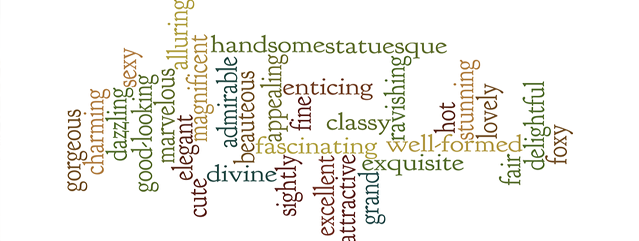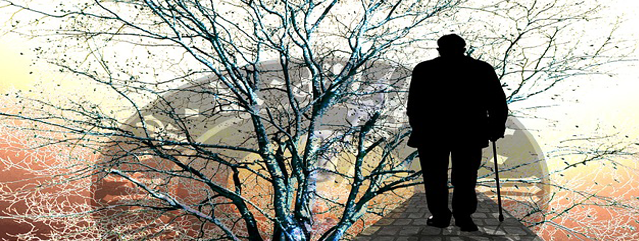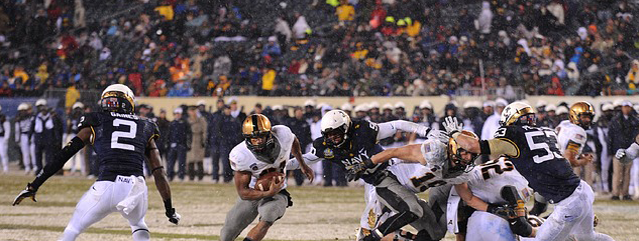Benefits of Gratitude
Every year, on the last Thursday of November, American families, friends, neighbors, and the otherwise lonely, gather together to celebrate Thanksgiving. For many of us, this year will be no different, and we’ll engage in yet another gastronomic extravaganza. We’ll gnaw on spiced and tenderized turkey wings, eat forkfuls of oven-baked stuffing, scoopfuls of buttered mash potatoes, cleanse the palate with a slice or two of cranberry sauce, and slip into our sweatpants to make room for the must-have dessert: pumpkin pie. We will likely eat ourselves into a tryptophan daze.
Some of us may even dress up in native American costumes, or as Pilgrims, recalling what we learned in history class, how the Plymouth colonists and Wampanoag Indians indulged in a three-day affair of eating, fishing, and hunting in November 1621, celebrating what is acknowledged as the first Thanksgiving. In the winter of 1620, after much of the Pilgrim population was killed, the colonists requested help from the native Indians, who taught them how to hunt, fish and plant crops. In return, the Pilgrims invited the Wampanoag to feast on their bounty of ripe food to celebrate their first successful autumn harvest.
While the narrative of Thanksgiving is partly about how varying cultures and races can gather together and actually get along, the holiday is a time to reflect upon what we are thankful for – in other words, gratitude.
A few weeks ago, while engaging in meditation during a yoga class, the instructor spoke in a melodic chant, with the goal of centering our thoughts on self-appreciation and appreciation for others. She encouraged us to hold onto equanimity and to release ourselves from attachment and aversion, then asked us to imagine sharing that peace of mind with others – loved ones, friends, strangers, even those with whom we are experiencing a somewhat challenged relationship.
As I focused on my breath, filling my lungs with the sweetness of a Sunday morning, I thought about the once-upon-a-time gratitude journal in which I wrote daily statements of thanks each day. I couldn’t recall how long it had been since I had written in that journal. As the yoga instructor had encouraged, I carried my mindful practice into the rest of my day, also bringing with me the theme of gratitude. I told myself I would start a new gratitude journal, in which I would jot down brief observations, thoughts, anything that reminds me I have a lot to be grateful for: the hand-knit afghan my mother-in-law gave me, hot water, a refrigerator full of food, socks with no holes.
In my research about the benefits of gratitude, I learned that keeping a gratitude journal does more than remind me I have a lot to be thankful for. Studies have shown that gratitude improves our emotional, mental, and physical health. It makes us happier, helps us sleep better, inspires us to exercise more, keeps us connected, increases our social capital, makes us more productive and less envious, motivates us to make decisions.
If it’s that easy, writing in a gratitude journal five minutes each day as a means to improve our long-term well being, by more than ten percent researchers say, then I’m in, hook, line, and sinker. Are you? I can’t think of a better time than now, November, National Gratitude Month, to start penciling the page with, “I’m grateful for …”
“This a wonderful day. I’ve never seen this one before.” ~ Maya Angelou
Read More






Recent Comments